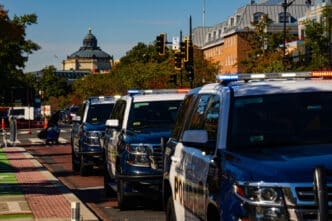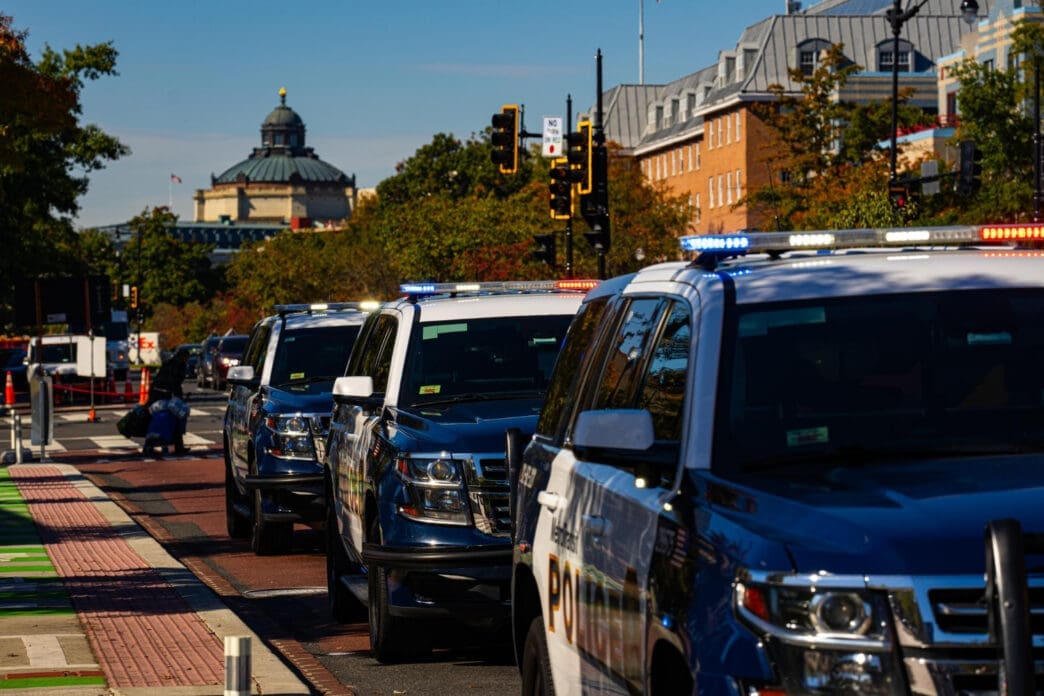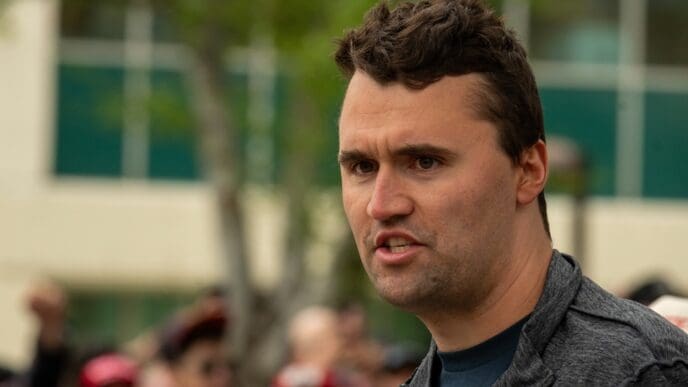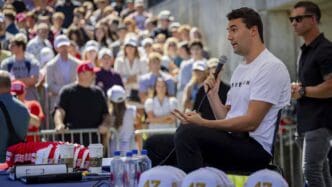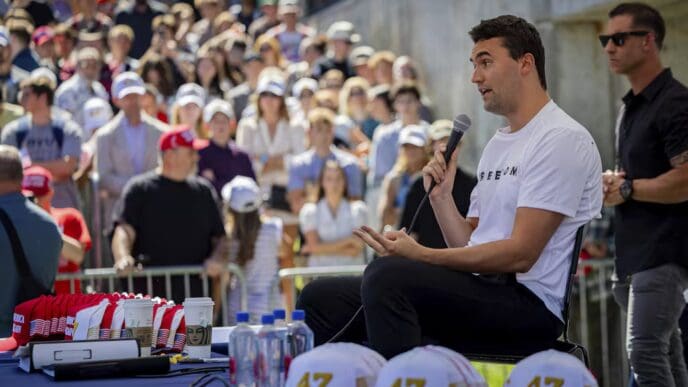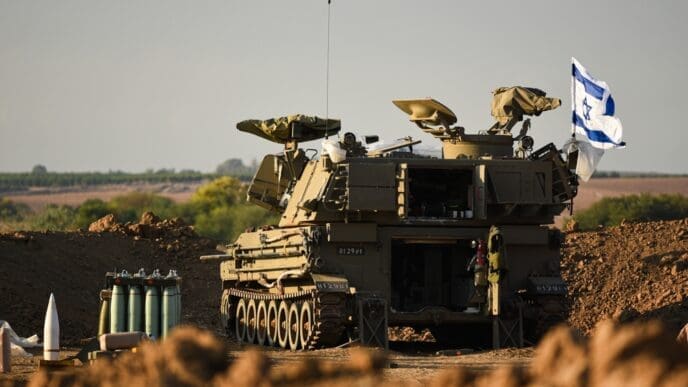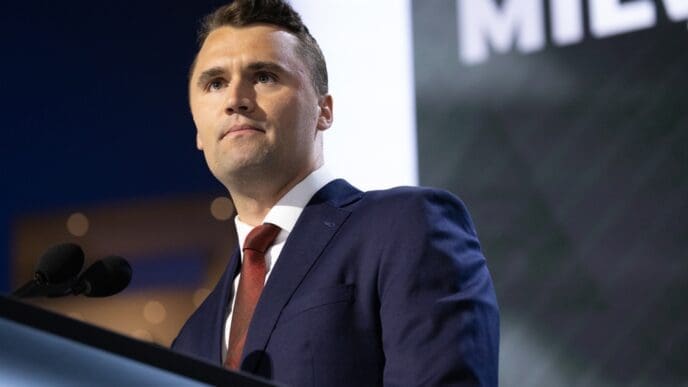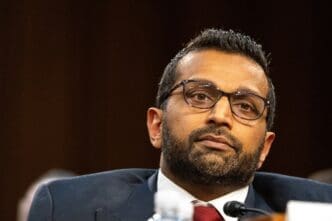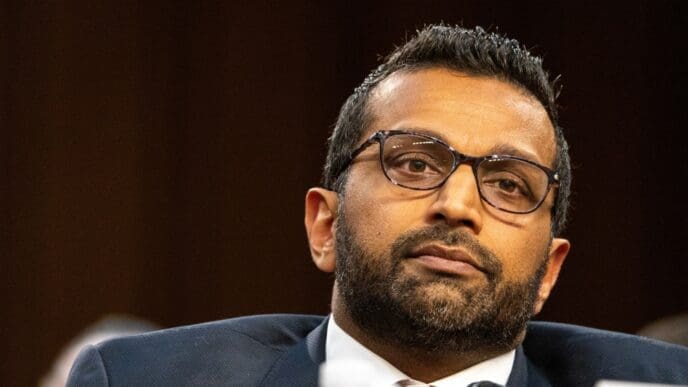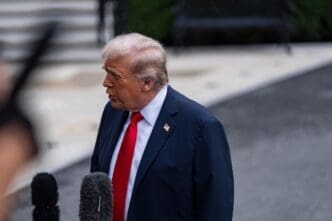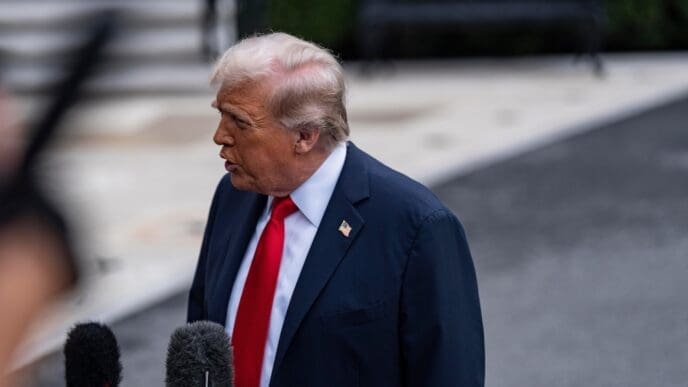Executive Summary
The Story So Far
Why This Matters
Who Thinks What?
President Donald Trump has deployed 800 National Guard troops to Washington, D.C., citing a situation of “complete and total lawlessness” and claiming the District has been “overtaken by violent gangs and bloodthirsty criminals.” This federalization of law enforcement in the capital has been met with strong objections from local officials, including Mayor Muriel Bowser, who dispute the President’s characterization of the city and highlight the stark contrast between the current scene and the severe chaos that necessitated the largest military call-up in Washington since the Civil War during the 1968 riots.
Disputed Justification for Deployment
President Trump announced his plans to federalize law enforcement in Washington, D.C., stating that “people are so happy to see our military going into DC and getting these thugs out.” However, local officials and observations on the ground contradict this dire description. Since their arrival, National Guard members have been posted near landmarks, often obliging tourists with selfies, a scene far removed from widespread violence.
Mayor Muriel Bowser responded to the President’s claims, stating, “One thing that has everybody pretty mad, especially me, is the characterization of our city and our residents. We don’t live in a dirty city. We don’t have neighborhoods that should be bulldozed.” Metropolitan Police Department records indicate that violent crime in Washington has been on the decline after a spike in 2023. DC Councilmember Charles Allen further added that Trump “painted this dystopian vision, and it just doesn’t track with the facts on the ground.”
Historical Context: The 1968 Riots
The current deployment is noticeably different from the chaotic events of 1968, which prompted the largest military response in Washington since the Civil War. Following the assassination of civil rights leader the Rev. Martin Luther King, Jr., in Memphis on April 4, 1968, Washington, D.C., experienced widespread riots, looting, and arson.
Brig Owens, a former NFL player for Washington’s team who was called to active duty with the Guard during the riots, recalled seeing “smoke, and you saw flames. And you see cars speeding by. ‘There’s a riot! The city’s burning!’” Washington, D.C., historian John DeFerrari, who was 10 at the time, described it as if “war had come to the city,” remembering military Jeeps on patrol with mounted machine guns.
Within hours of King’s death, businesses were set ablaze, with hundreds ultimately looted or torched, devastating several neighborhoods, including the historically Black community of Shaw. By the weekend, more than 13,000 soldiers, including the DC National Guard, full-time Army, and Marines, were deployed. President Lyndon B. Johnson was initially reluctant to mobilize troops, waiting a full day before invoking the Insurrection Act.
Before calm was restored after four days, more than 6,000 people were arrested, and 13 individuals died, mostly in burned or collapsed buildings. The devastation led to decades of redevelopment and gentrification to rebuild the affected communities.
Previous National Guard Mobilizations
Before the current deployment, the National Guard was last mobilized in D.C. in 2020 during Black Lives Matter protests. During that time, Guard members assisted in clearing demonstrators as President Trump crossed Lafayette Square to hold a Bible in front of a vandalized church, a move that sparked debate over whether the clearing was pre-planned or specifically for the President’s photo opportunity.
Prior to 2020, the Guard and its predecessor, the DC Militia, had been placed on federal active duty only 10 times in the District, including a multiyear deployment during the Civil War.
Legal Challenges to Presidential Authority
This is the second time this year President Trump has deployed Guard members to a city whose leaders did not request such assistance. In June, President Trump federalized 4,000 California National Guard troops in response to immigration protests in Los Angeles, leading California Governor Gavin Newsom to sue the Trump administration, contesting the President’s legal ability to take over a state guard without an open “rebellion.”
However, circumstances differ in Washington, D.C., which is a federally controlled district and does not possess the same constitutional protections as states. CNN senior legal analyst Elie Honig noted, “Yes, the president can deploy the National Guard in DC, and they are allowed to perform law enforcement functions.”
Despite this, the President’s control over the city is not unilateral. By law, President Trump cannot extend his 30-day takeover of D.C. law enforcement without Congressional approval, unless he declares a national emergency. The District’s Attorney General, Brian Schwalb, has filed a lawsuit against the Trump administration, arguing that the President has already exceeded his authority by attempting to force the Metropolitan Police Department to accept a new “emergency commissioner,” which Schwalb termed a “hostile takeover.”
For many Washingtonians who have witnessed the city’s recovery from past devastation, the current decision to deploy the military is viewed as unnecessary and troubling. Historian John DeFerrari stated, “I think there very clearly is not an emergency in many Washingtonians’ minds. I think many Washingtonians think that this is quite unnecessary.”

